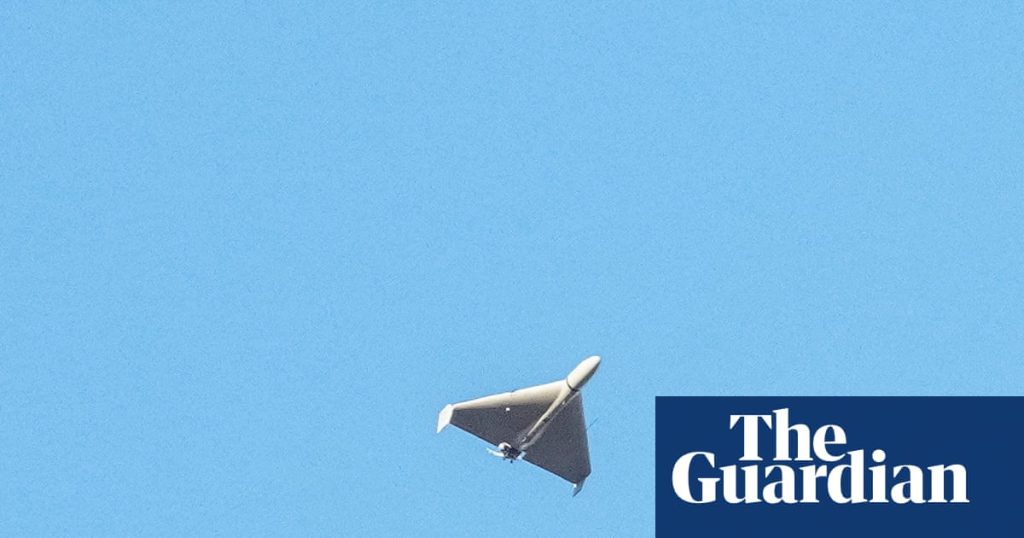UK Government to Empower Soldiers Against Drone Threats
In a notable development focused on bolstering national security, the UK government is poised to grant military personnel enhanced powers to shoot down unidentified drones perceived as threats to military installations. This strategic decision addresses the rising instances of drone incursions and sightings across Europe, particularly in light of the heightened tensions linked to Russian military operations.
Context of Increased Drone Incursions
Defence Secretary John Healey is expected to unveil these new measures in an address at an event hosted by the Lord Mayor of London. His speech will spotlight the urgent nature of the situation, especially given the escalating frequency of Russian drone attacks in Ukraine and the broader Eastern European region. Current protocols permit military forces to neutralize drones through electronic means, such as signal interference and GPS jamming. However, the proposed legislation aims to empower soldiers to opt for more direct measures against unidentified aerial threats.
Potential Scope of the New Powers
The ramifications of these new powers could extend beyond military zones. There are discussions about including major civilian airports, such as Heathrow and Gatwick, within this framework. Healey is set to elaborate on recent troubling incidents, including the incursion of unarmed Russian drones into Polish airspace, which ultimately led to the closure of several airports and prompted NATO to scramble fighter jets for aerial defense. Polish officials are investigating these incursions as potential provocations, raising alarms about security vulnerabilities across Europe.
Broader Regional Concerns
Reports of unidentified drones have not only surfaced in the UK but also in Denmark and other Nordic nations, raising significant concerns regarding drone activities in sensitive areas. Small drones, for instance, have been sighted above RAF bases utilized by the US Air Force in the UK. While these observations have not necessarily indicated hostility, the looming potential for aggression remains a concern for military officials.
The Risks of Military Engagements
Implementing such military actions is fraught with risks. Previous engagements remind us of the hazards involved; for instance, a Polish F-16 inadvertently struck a residential building during a drone incursion, thankfully without resulting injuries. Such incidents underscore the potential for unintended consequences when military force is employed against aerial threats.
Russian Drone Utilization in Ukraine
Healey is also expected to address the alarming increase in Russian drone usage in Ukraine. Recent reports indicate that the Kremlin has unleashed approximately 5,500 one-way attack drones into Ukrainian territories, an escalation by 1,000 drones since August. This surge is especially troubling as Russian forces intensify strikes against Ukraine’s energy infrastructure, leading to significant power outages as winter approaches.
A Broader Geopolitical Landscape
During his address at the Lord Mayor’s Defence and Security lecture, Healey is likely to frame these developments within the context of a larger campaign of Russian aggression, which has increasingly extended beyond Ukraine’s borders. He will reference recent airspace violations in Estonia and attempts to disrupt the electoral process in Moldova, illustrating the multifaceted nature of the current geopolitical climate in Europe.
The UK government’s proactive stance in empowering its military against drone threats signifies a pivotal moment in addressing national security concerns, reflecting the seriousness of the evolving international order.

